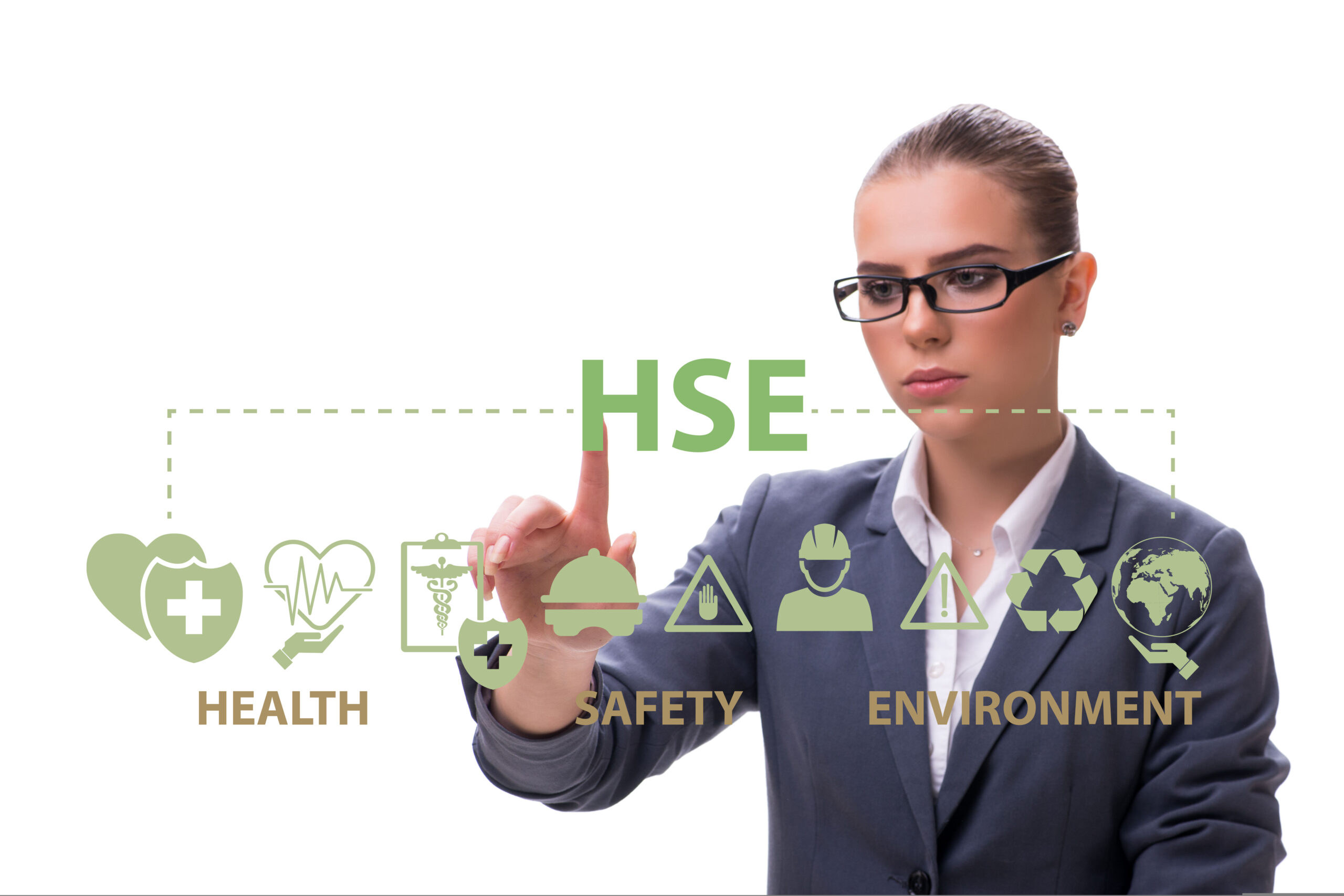Employee involvement is a key component of many safety management systems. However, companies often struggle to find meaningful ways to get every employee engaged. Employee involvement tends to end up constrained to small, fringe groups comprising only a fraction of the entire workforce. Over the years, I have become a firm believer that the best and most meaningful way for employees to get involved is through participation in the site or company’s Hazard Recognition and Control program. This can be done by making workplace observations related to the health and safety program controls (e.g., steps that can be taken to reduce the risk associated with a hazard). Studies have found this to be beneficial for accident prevention and reduction. Safety observation programs become more complex when they involve more people (as there are more variables to factors such as the quality of observations). This increased complexity warrants a means to identify an effective way to both measure and improve observation performance.
Involving more observers increases the chances of identifying controls that are missing or ineffectual so that they can be addressed before an incident occurs. An observation is only a snapshot in time—no single person can be everywhere to capture all the contributing variables to a situation. With more observers comes a greater likelihood of having a complete picture of any occurrence. In addition, if only those with a safety function collect the information, the ownership of the safety process shifts to the safety department, as opposed to the supervisors and workers.
One of the reasons companies are reluctant to engage workers and managers in the observation process is perceived gaps in skill and/or knowledge that could risk poor results. This is understandable; however, it is patently false. While it is true that more observers collecting data equates to more ways biases can be introduced, every worker exposed to risk in the workplace should have a voice to speak the truth about how safe or unsafe things are. Similar to training workers on how to do their jobs or write and follow safety procedures, involvement in the observation process requires feedback. Engaging an observer in feedback allows those in the safety function to transition from the traditional safety “cop” role to that of being a coach. Through their experience, the safety team can help train and coach workers to recognize hazards, analyze data to determine a desirable focus for safety observations, and share risk assessments so that everyone understands the impact of working safely. By measuring the strengths and weaknesses of the observer, individualized improvement plans can be developed, allowing individuals to continually improve at their own pace.
For example, imagine there is an observer who is highly engaged in the observation collection process. This person submits twice as many observation reports or inspection forms as the average worker at their worksite. However, this person rarely finds anything at-risk or in need of improvement even though the area this observer works averages 2-3 at-risk observations per inspection from the remaining members of the team. Some would roll their eyes at the submitted data. Many would go so far as to label the report as having been “pencil whipped.” How can observation performance be improved in this scenario?
Individuals are evaluated in the workplace every day. Most reading this have been involved in an annual evaluation process with a manager. What did this process look like? Typically, it consists of these steps:
- Expectations and goals are communicated.
- Constructive feedback is provided, preferably throughout the year rather than just at the evaluation.
- Progress is measured against expectations.
- Relevant priorities are communicated to the individual.
- Strengths to sustain and weaknesses to improve upon are suggested.
The same can be done for the observation process (provided there are expectations established and communicated). Here are some examples of quality criteria to be established around measurable metrics:
- Participation– a count of submitted cards/forms/inspections.
- A count of safe and at-risk observation findings.
- The identified severity of at-risk observations (determined by a risk matrix).
- Comments with at-risk findings.
- The frequency of 100% safe inspections (a report submitted with zero at-risk findings).
- The focus on pertinent hazards/tasks (e.g., mostly PPE).
- The closure of unresolved issues or corrective actions.
Tracking only the count of how many cards or forms are submitted tremendously diminishes the opportunity for feedback. However, as an inspection strategy is established and meaningful objectives are planned around, then identifying areas for improvement and measuring that progress over time becomes a simpler and quicker task. As data sets grow, the metrics become normalized or averaged out over a large data set. As such, it becomes easier to spot outliers from the “norm” and correctly engage them, maximizing the potential for improvement.
In response to the example offered above, many would point to the poor data collected as proof that only safety professionals should conduct safety inspections. What is not clear is why this person is doing what they are doing. By soliciting feedback and respectfully engaging individuals, it would be relatively easy to discover the reason behind this behavior. There is the potential that the person believed they were performing in the manner expected of them. Perhaps their manager felt the employee was responsible for a bad reputation and decided to “shoot the messenger.” There is also the possibility that workers had previously submitted at-risk findings that were ignored by management and, as a result, those workers now have an attitude of indifference towards such hazards.
As criteria for quality metric tracking is established and this process for engagement is adopted, the conversation is changed from, “Did you do an inspection?” to, “Let’s talk about your data and how we can improve what we found.” With repeated adherence to a more respectful follow-up, engagement becomes more meaningful, the data is trusted more, and there is less reluctance to act on the findings. As results improve, more observations are collected, which in turn provides greater insight and visibility into the safety of the organization and leads to a reduction in incidents. The incident rate never once became a focus during this process but steadily emerges as the benefit of an improved mode of operations.
AUTHOR BIO

Cary comes to the SafetyStratus team as the Vice President of Operations with almost 30 years of experience in several different industries. He began his career in the United States Navy’s nuclear power program. From there he transitioned into the public sector as an Environmental, Health & Safety Manager in the utility industry. After almost thirteen years, he transitioned into the construction sector as a Safety Director at a large, international construction company. Most recently he held the position of Manager of Professional Services at a safety software company, overseeing the customer success, implementation, and process consulting aspects of the services team.
At SafetyStratus, he is focused on helping achieve the company’s vision of “Saving lives and the environment by successfully integrating knowledgeable people, sustainable processes, and unparalleled technology”.



